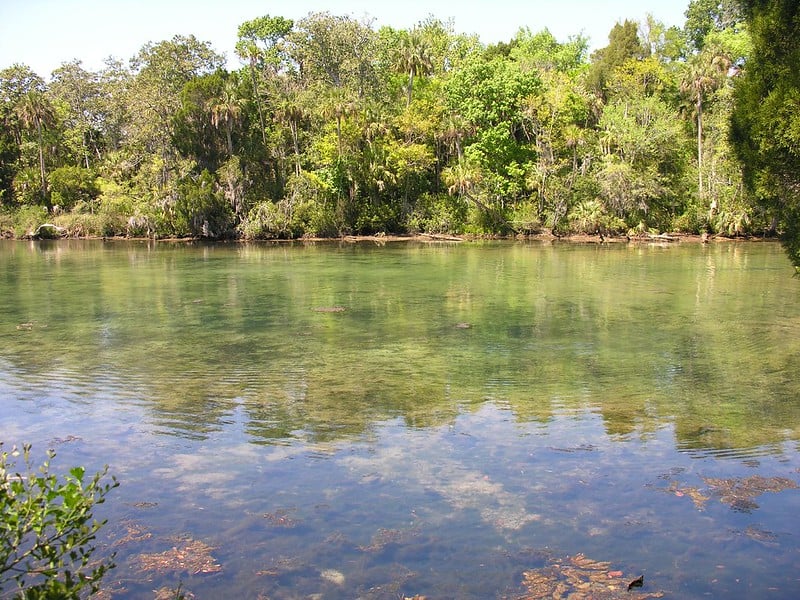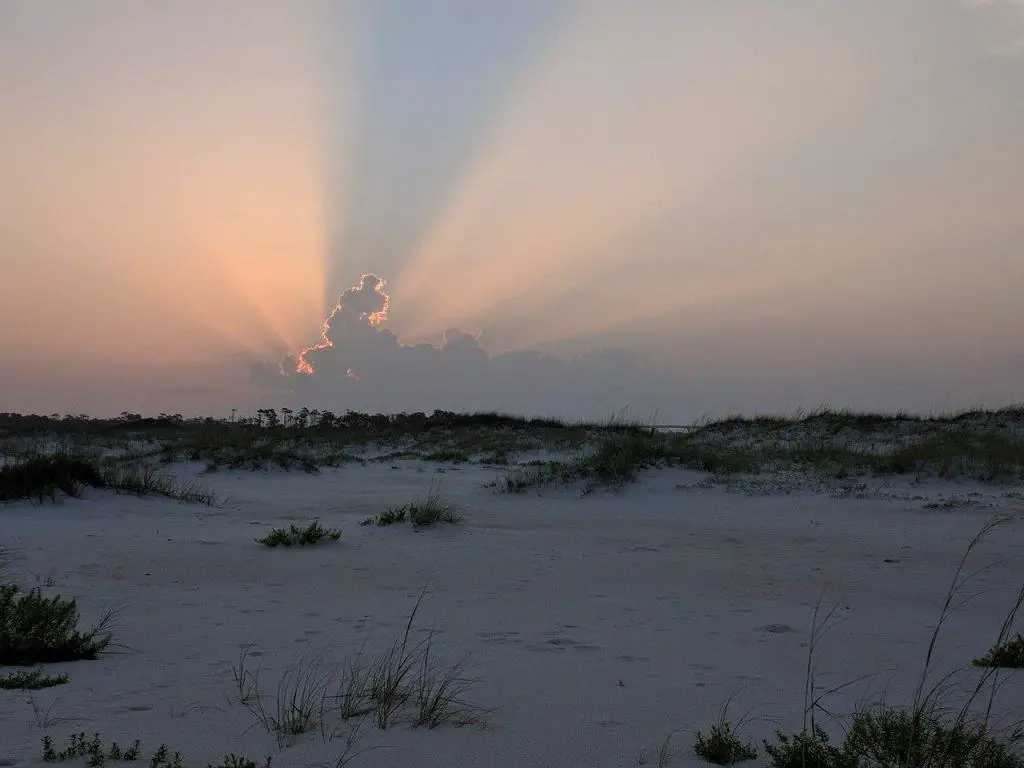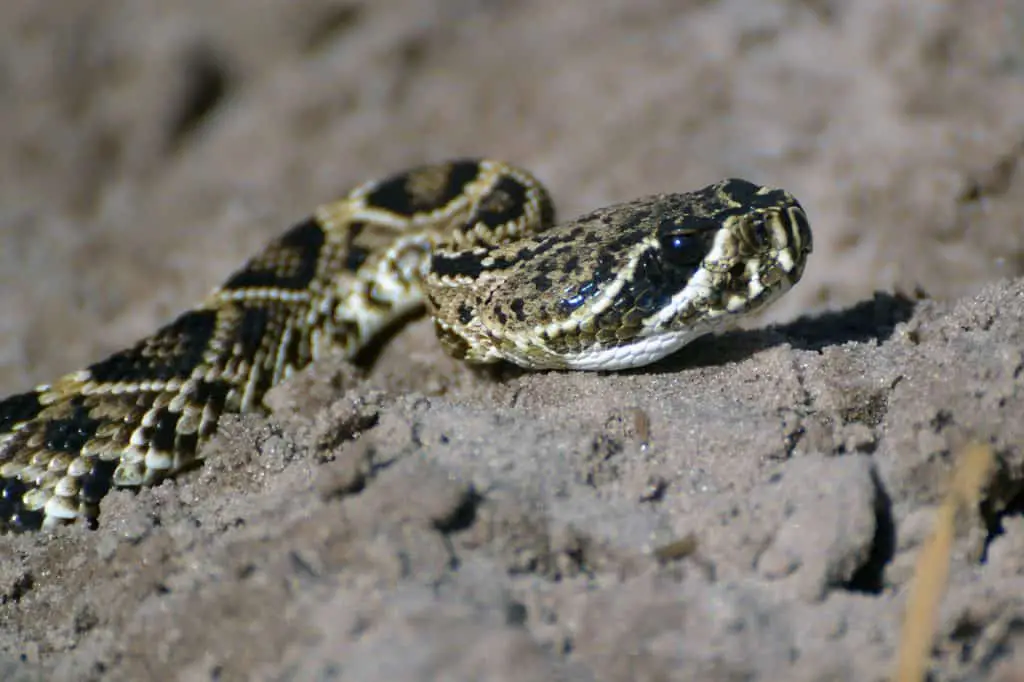Welcome to the Homosassa River, located in beautiful Florida! This stunning river is known for its incredible beauty and abundance of wildlife. With crystal-clear waters and lush mangrove forests, it’s no wonder that this river has become a popular destination for locals and tourists alike.
Whether you’re looking for a peaceful getaway or an active excursion, the Homosassa River has something to offer everyone. Get ready to explore an aquatic paradise!
From manatees and dolphins to birds and alligators, the Homosassa River Ecosystem offers something for everyone.
Its pristine waters flow into the Gulf of Mexico, creating an ideal environment for swimming, fishing, and other outdoor activities.
The Homosassa River is an incredible natural treasure that is worth protecting for future generations. This unique river ecosystem features a wide variety of flora and fauna that make it a fascinating place to explore.
Homosassa River is a first-magnitude spring group
The Homosassa Spring Group consists of three nearly adjacent springs that discharge into a common pool approximately 189 feet by 285 feet.
The water from the springs flows into the Homosassa River, which is a first-magnitude spring group. The springs feed a wide variety of wildlife, including manatees, which winter here.
The discharge of Homosassa Springs is dynamic, varying over daily, seasonal, and annual time scales. The spring discharge is impacted by seasonal precipitation, tides, and climate.
For this reason, it is difficult to determine the discharge from any one spring, or even multiple springs. However, there are a few common patterns and factors that may influence the flow.
The Homosassa River is incredibly rich in recreational opportunities. It offers sport fishing, waterskiing, scallop hunting grounds, and lodging opportunities.
A public boat ramp is available for boaters to launch their craft. There are also fishing charters and inshore fishing trips available.
The water that feeds the Homosassa Springs is sourced from a large area. In fact, there are more than a dozen separate spring vents within a couple of miles of each other.
Besides providing water to local residents, springs are also important sources of revenue and tourism.
These springs attract tourists and residents who enjoy the water and the famous manatees that live there. Additionally, they provide significant ecological value, supporting numerous plants and animals.
A Tour Through the Spring-Fed Estuary of Homosassa
The Homosassa River is a spring-fed estuary in Citrus County, Florida. It’s about 13 km long and its width varies from 60 meters upstream to 305 meters near the mouth.
It’s also shallow, with a mean depth of just 1.2 meters. In some places, the bed is less than a meter deep.
The city of Homosassa is home to several state parks, including the Yulee Sugar Mill State Park and Springs Wildlife State Park.
Visitors can enjoy the Homosassa River system, which runs 7.7 miles through Citrus County before empties into the Gulf of Mexico. The area is home to numerous species of wildlife, including flamingos.
The Homosassa River has several attractions worth checking out.
Monkey Island, which is home to spider monkeys, is near the center of town.
The monkeys aren’t allowed to roam free on the island, so visitors can explore it with a river safari tour. The park also has a restaurant on the island, where guests can indulge in American comfort food.
The community is home to several state parks, as well as an underwater observatory.
You can also enjoy sport fishing in the local waters, and the town is one of the most popular destinations in the state for this activity. It also has a working commercial fishing port on the Gulf of Mexico.
Exploring the Depths of Homosassa River: Surprising Fish Varieties
The Homosassa River has a unique ecosystem that has both saltwater and freshwater fish. The freshwater water from headsprings and the salty water from the Gulf of Mexico combine to form this pristine river.
There is a boardwalk that circles the river, offering a view of the diverse array of aquatic life.
Visitors can also spot rare Florida natives, such as Florida panthers, red wolves, and whooping cranes.

Biologists studying the Homosassa River have recently implanted internal acoustic tags on freshwater fish in the river system. The data they collect will be used to understand fish movement patterns.
This research will also help scientists understand habitat associations and species interactions.
Kayak fishing is a popular sport in Homosassa. Kayakers are attracted to the calm inshore waters. Kayakers have jumped on the opportunity to combine kayaking and fishing.
Today, there are many kayakers adorned with fishing gear.
For those who love fishing and have a knack for catching snook, the Homosassa River is a great place to go.
Snook are known for their large size and aggressive nature. They are often found near mangroves, where they feed on small crabs and shrimp. The fish are protected by the Florida Wildlife Conservation Commission, which regulates fishing for snook.
During your stay in Homosassa, there are many restaurants to choose from that serve a variety of freshwater and saltwater seafood.
Many of the locals love the famous catfish dinners at Stumpknockers. Riverside Crab House and Peck’s Old Port Cove are other local favorites. You can also try smoked fish dip and fresh steamed shrimp straight from the boat.
Homosassa Springs Wildlife State Park is home to Hippopotamus
Lu the hippo is celebrating his 50th birthday at Homosassa Springs Wildlife State Park. He is one of the oldest hippos living in captivity.
Originally from San Diego, Lu joined the Ivan Tors Animal Actors and starred in several films and television specials during his lifetime.
In the late 1960s, the company sold the attraction and moved the hippos to the Homosassa Springs attraction.
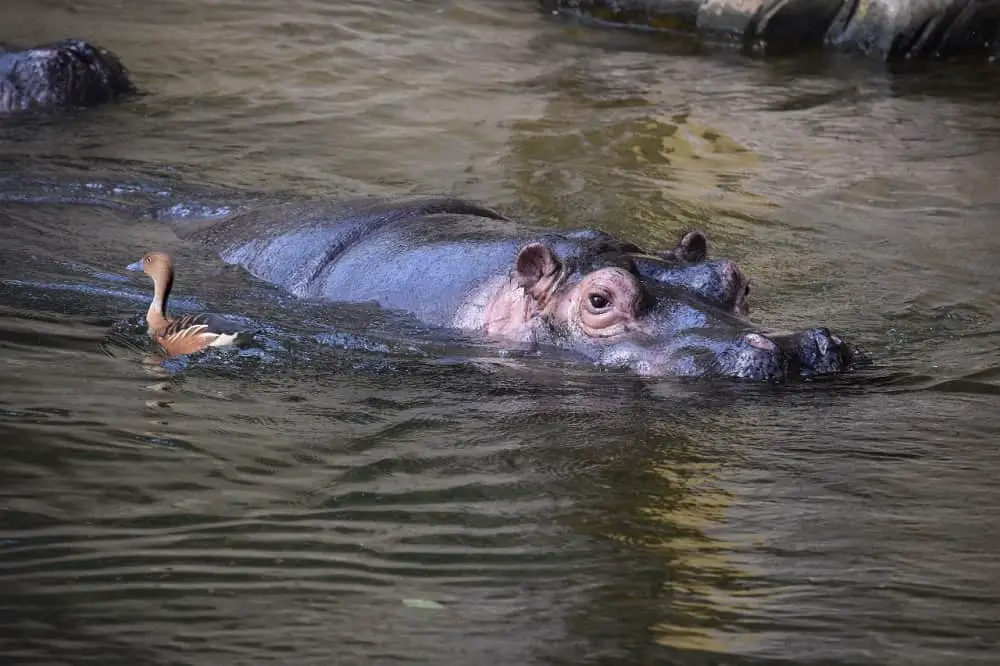
Lu is the oldest hippopotamus in captivity in the Americas and is also the most famous.
During his time as a roadside attraction star and child actor, he adapted well to the spotlight. But he clung to his fame even when the state bought the park and tried to shut down its daily educational program.
The Homosassa Springs Wildlife State Park was established in the 1980s to provide a home to wildlife native to the tropics of the western hemisphere. “Lu”, the local hippopotamus, is a popular attraction.
In fact, he is so popular, the Florida legislature even made him a Florida citizen. The park is also home to an underwater observatory, where visitors can view life under the sea.
Lu the hippo, or Lu, is 61 years old and lives at the Homosassa Springs Wildlife State Park. Lu lives with his caregivers, including James Curry, who is one of the park’s caretakers. Lu’s 61st birthday celebration included cake and singing.
Why Fisherman Flock to Homosassa
Located on the “Nature Coast” of Florida, Homosassa is a scenic getaway. Its many rivers lead to bays, flats, and nature reserves. Fishing enthusiasts will find a variety of fish in these waters.
The Homosassa River is home to large numbers of Tarpon and Snook. This freshwater river is also a popular destination for scallop fishing. This area is a popular fishing destination during the summer season.
Those who fish in the spring and summer will find large quantities of Snook and record-sized Tarpon.
Anglers seeking to experience this unique fishing destination should book a fishing charter. These businesses are experienced in navigating the waters of the Homosassa River and can craft a trip tailored to your preferences.
These companies provide fishing equipment for rent and a professional fishing guide will help you find bites.
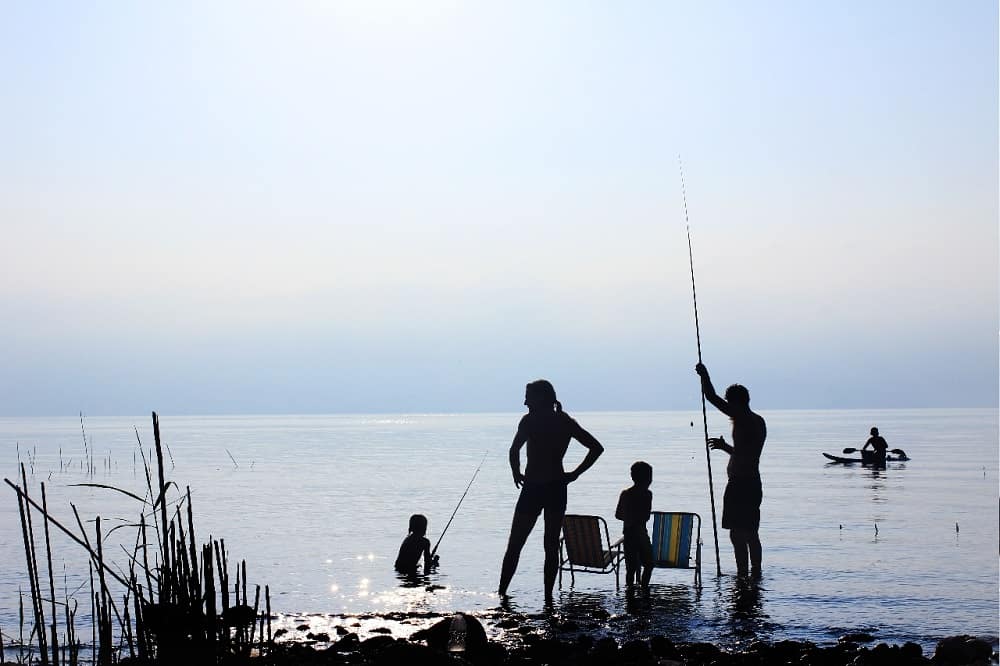
Whether you are a novice or an experienced angler, fishing on the Homosassa River is incredibly popular in Florida. You can fish for tarpon, cobia, Spanish mackerel, and more, and scallops in the summertime make it a popular destination for scallopers.
In addition to fishing, you can take part in many different water activities.
Fishing charters in Homosassa include excursions along the river, through flats, and out onto the Gulf of Mexico. All equipment is provided, and some scalloping charters also provide snorkeling gear.
Just remember to pack a swimsuit! Having a local guide on your fishing charter is an extra bonus.
Sea Level Rise Threatens Homosassa River Florida
Over the past century, the ecology of the Homosassa River has changed greatly. The upper portion of the river remains pristine but water clarity has been reduced significantly in the lower portion.
Increased nitrogen levels in the river are a major concern due to septic systems and excessive fertilizer use. Other emerging problems include fluctuating river flow and changing salinity levels due to sea level rise.
This river is spring-fed and flows for about eight miles to the Gulf of Mexico.
It contains both fresh and saltwater and is home to a variety of fish.
Freshwater species include Bluegill and Largemouth Bass, while saltwater species include Stripped Mullet, Common Snook, and Grey Snapper.
In the 1960s, commercial crabbing was the biggest industry in Homosassa.
Tarpon used to swarm on the surface of the water to feed on the blue crabs. However, a lack of freshwater reduced the abundance of blue crabs.
Higher salinity levels were associated with lower survival rates, slower molting, and increased predation mortality. As a result, the number of blue crabs in the Homosassa River declined dramatically.
The Halls River is part of the Homosassa River system. It is classified as Outstanding Florida Water by the Florida Department of Environmental Protection and ultimately drains into the Gulf of Mexico.
However, the water in this river is now a brown coffee color. It is so dirty that oil can be seen floating in the culvert. FDOT officials even found a dead blue gill in one of their filtration systems. These filtration systems consist of black tarps, wooden poles, and hay.
The Homosassa River Ecosystem is a unique and fascinating environment in the state of Florida.
Spanning over 30 miles, this river is home to a diverse range of flora, fauna, and wildlife.
From the manatee and bottlenose dolphins that swim upriver, to the osprey and bald eagles that soar in the sky above,
The Homosassa River Ecosystem provides an exciting experience for nature lovers of all ages!
With crystal-clear waters and lush mangrove forests, it’s no wonder that this river has become a popular destination for locals and tourists alike.
Whether you’re looking for a peaceful getaway or an active excursion, the Homosassa River has something to offer everyone. Get ready to explore an aquatic paradise!

